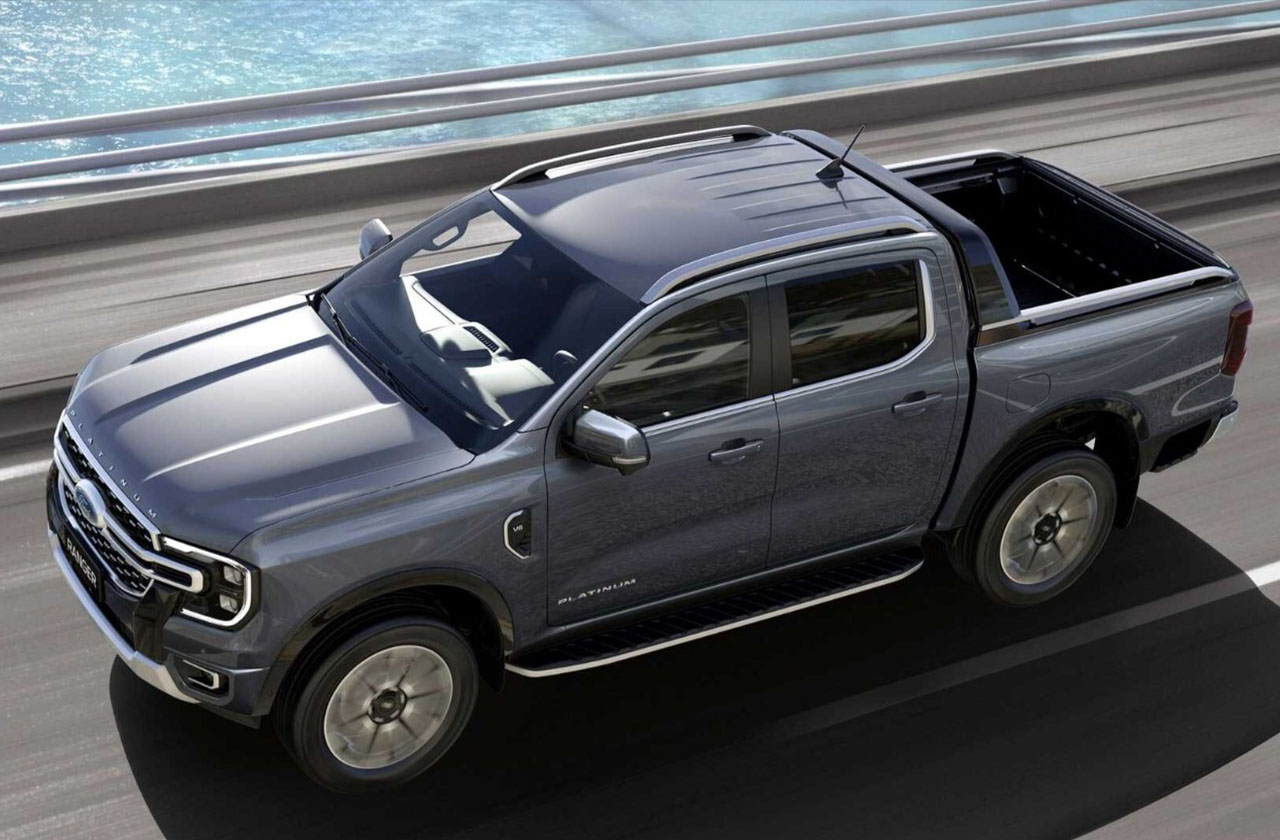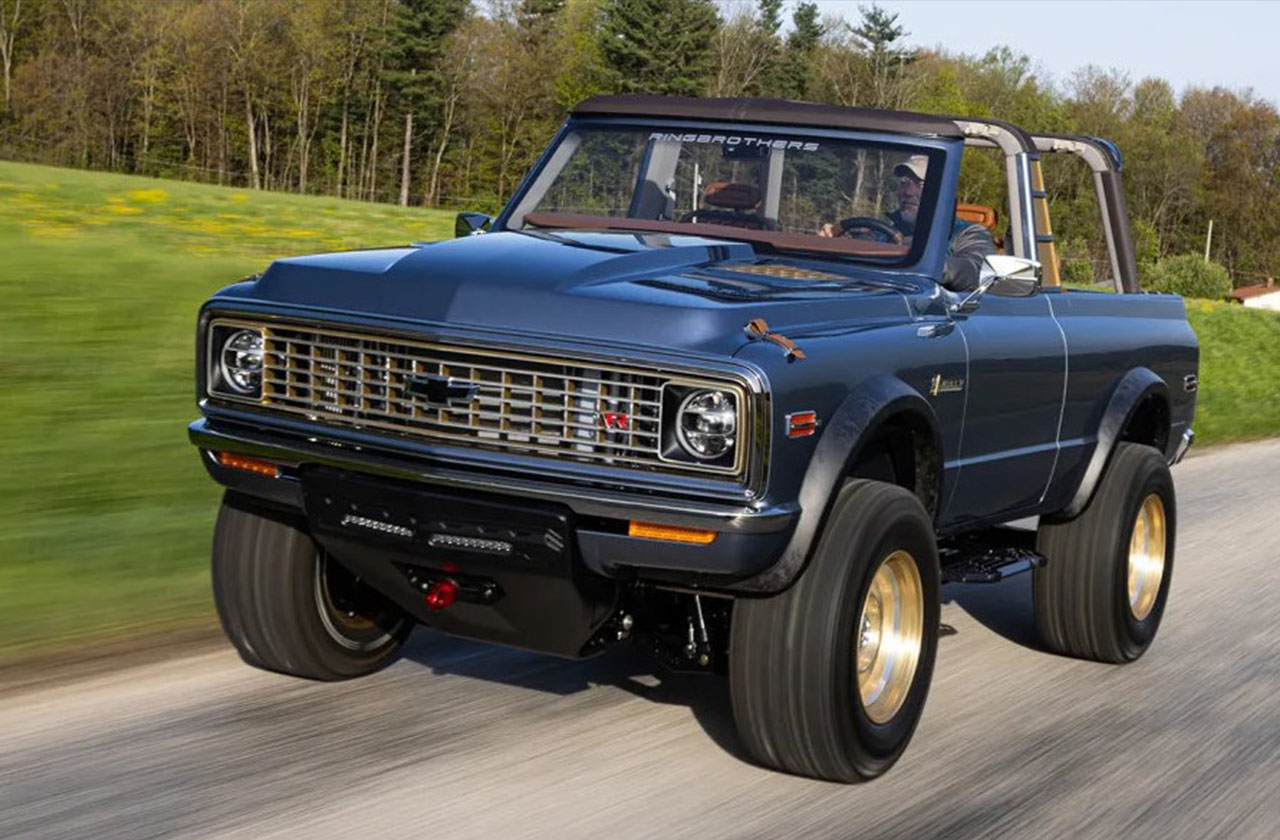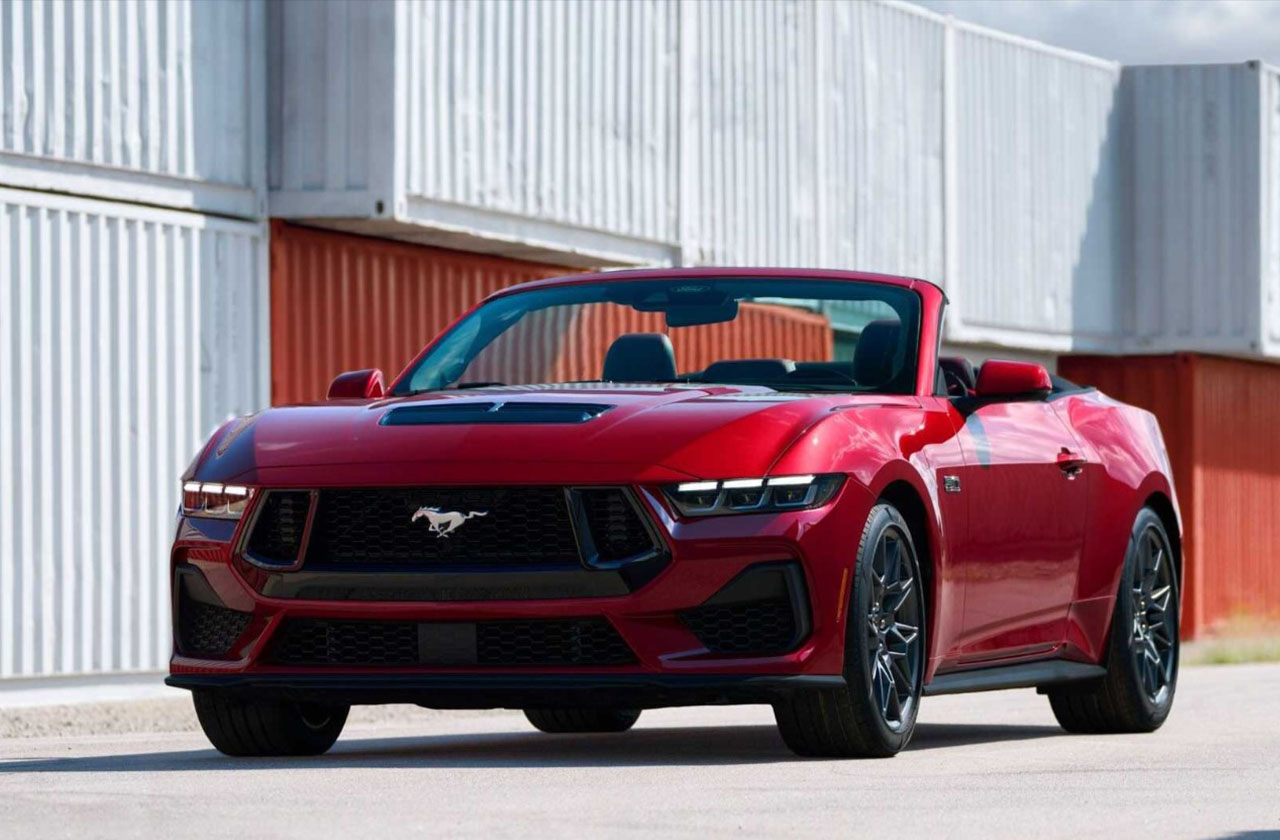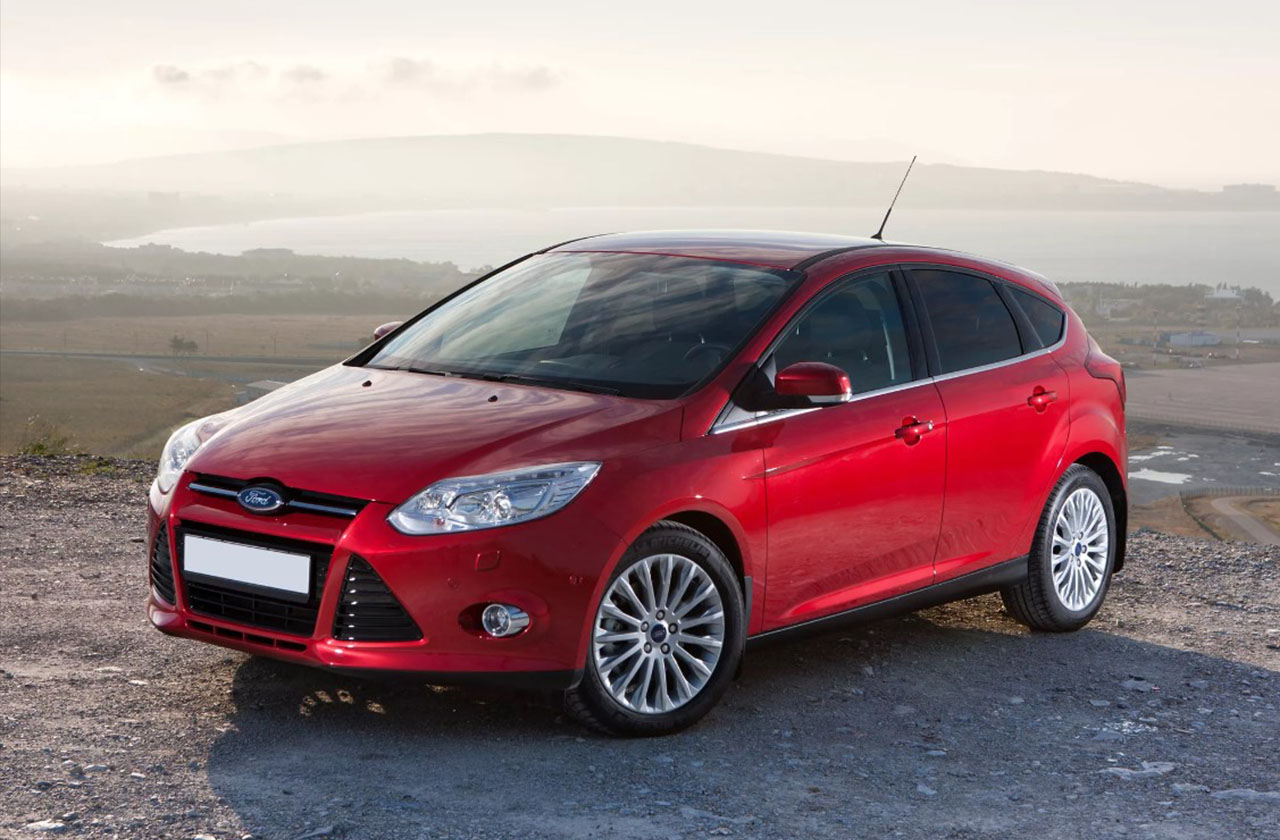Ford Motor on March 1 introduced the five-door frame SUV Everest of the new generation U704 (it is the third in a row).
The model is based on the latest generation Ranger pickup truck, which was introduced in November 2021. Everest's body in terms of steel stamped parts up to the middle pillar completely repeats the original pickup truck, LED headlights and a radiator grille with large honeycombs are also common with it. Everest has an original body from the middle pillar and further, the front bumper is also its own. The forms are modern and harmonious, in the rear part the horizontal lights combined into a single style element attract attention.
The overall dimensions of the novelty are not reported, however, its wheelbase is 2900 mm, that is, +50 mm relative to its predecessor. Also, Ford notes that with the change of generation, Everest has become noticeably wider wheel track - this has improved both stability on paved roads and off-road patency.
Like a pickup truck, all SUV suspensions are spring-loaded. Front - independent, rear - dependent, with a continuous axle.
The engine range of the new Everest will depend on the market, but in general it includes a 2.3-liter gasoline turbo unit and 2.0-liter and 3.0-liter diesel engines. The characteristics of the motors, alas, are not reported. Gearbox - 6-speed manual or 10-band automatic. The chassis is either rear or all-wheel drive - at the choice of the consumer.
In the 4x4 version, the novelty is well prepared for off-road - there are steel sheets for protecting the bottom and aggregates, a rear differential lock, two towing eyes in front, several preset driving modes. It is specified that the new Everest is adapted to overcome water obstacles up to 800 mm deep.
The interior layout of the SUV is three-row, according to the scheme 2 + 3 + 2. The front panel, controls and front seats are completely unified with the original pickup.
The instrument panel is digital, with a diagonal of 8 or 12.3 inches, depending on the configuration, the media system has a vertically oriented screen with a diagonal of 10.1 or 12 inches.
Roof rails are designed for loads up to 350 kg. The maximum weight of the towed trailer is 3500 kg.
Under the hood there is a place for a second battery - this is necessary for those who install additional equipment on the car that increases energy consumption.
In top trim levels, the new Everest will receive a full range of preventive safety systems, including adaptive cruise control, an automatic collision avoidance system (if the brakes were not effective enough), and a brake activation function after an accident to avoid a second strike. Monitoring of the “blind” zones of the SUV is made taking into account the possible towing of a trailer: the length of the action is 10 m, the width is 2.4 m. The novelty will also be equipped with an automatic valet, which relies on all-round cameras and sensors front and rear.
As in previous generations, Everest will remain a non-global product in the new incarnation. Target markets for this model are Southeast Asia, Australia, Africa and India.












